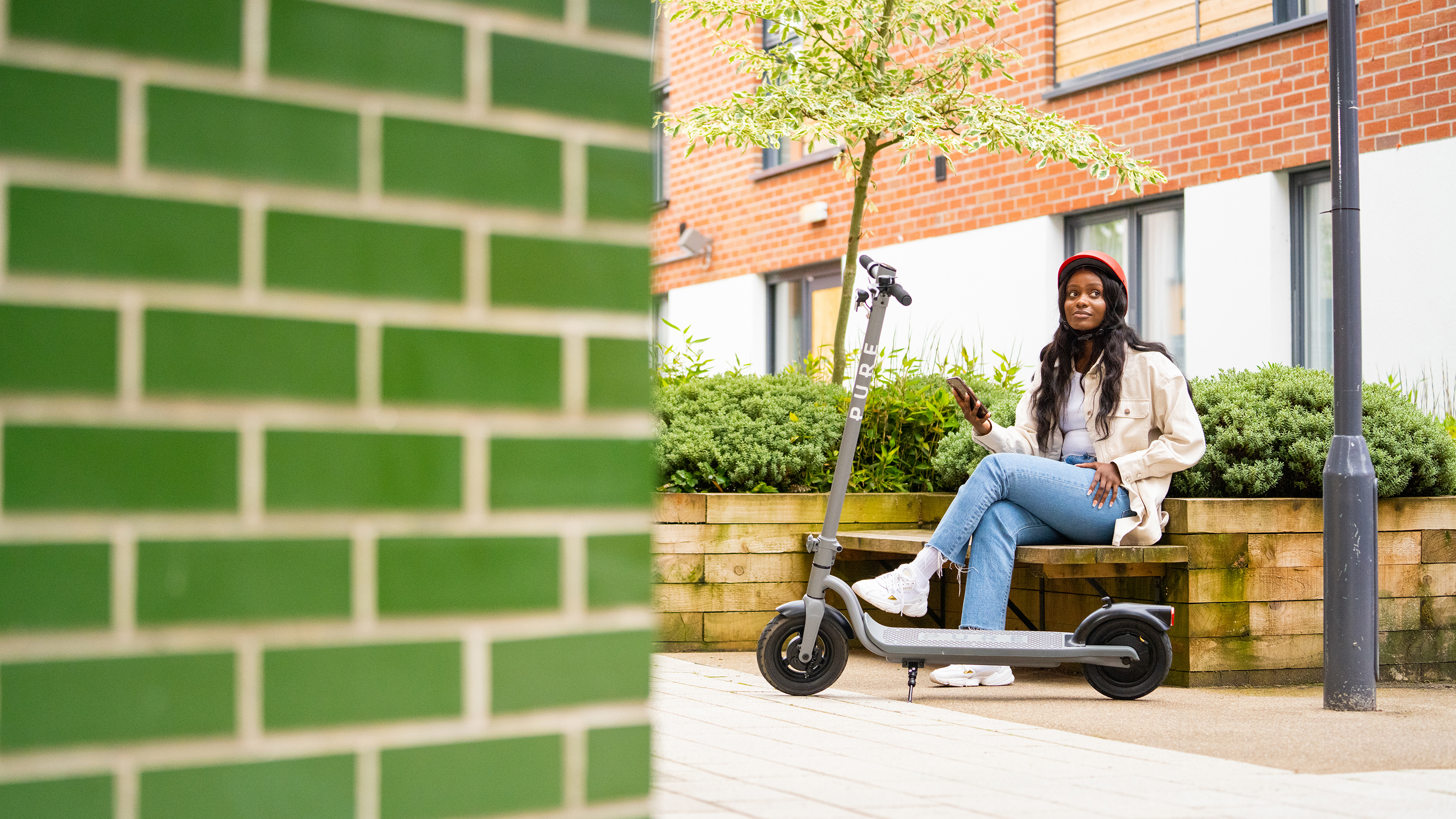

Even before the world was majorly bummed out by a global pandemic, the popularity of e-scooters has been on a meteoric rise for several years, particularly in the UK’s busiest cities. We’ve been lucky enough to sample a huge cross-section of these here at T3 for our best electric scooter guide and can see why the global market is expected to reach a value of £20bn by the year 2025.
But since the popularity of catching a congested train or braving a stuffy bus to work has dropped even further of late, opting for alternative forms of transport is top of most people’s list and the humble electric scooter is a great way of getting around without breaking a sweat or having to fork out for Ubers. In fact, we’ve compiled an entire list of reasons why we think commuting by e-scooter is a good idea.
One of those reasons is the relative lack of maintenance required, but that’s not to say you can simply buy an e-scooter, abuse it for months on end and then expect it to perform at its very best.
Some basic maintenance is required and we’ve spoken to David McKinven, Technical Manager at Pure Electric, experts in electric bikes and scooters, to find out the best way to keep an e-scooter running.
The importance of electric scooter maintenance
Like anything with moving parts, it’s important to run an eye over your e-scooter every now and then to ensure it keeps performing as the miles rack up. Simple things like under-inflated tyres and a dirt build up around the wheels and bearings can cause a reduction in electric range and erratic handling.
“As with a bike, we recommend performing a quick check before each ride to ensure that the e-scooter is safe to ride,” says David McKinven. “This will include a visual check of frame and wheels for damage and a physical check of the brakes to ensure they are safe.
“We also suggest regular servicing based on your mileage and amount of use, and at a minimum, your e-scooter should be checked over and adjusted every 600 - 800 miles. This can be completed at any of our stores nationwide or by any good registered dealers or stockist,” he says.
Sign up to the T3 newsletter for smarter living straight to your inbox
Get all the latest news, reviews, deals and buying guides on gorgeous tech, home and active products from the T3 experts
How to maintain an electric scooter
Before we get to the nitty gritty of e-scooter maintenance, it’s worth noting that the best protection against potential faults is simply to keep the scooter clean. As a happy and content owner you should be prepared to roll your sleeves up every now and then and carry out a general scrub down as it becomes dirty. This sounds simple but since the vehicles are electric, it’s not just a case of dowsing it with a pressure washer, as this could fry the batteries or cause other damage.
Instead, use a damp microfibre cloth to take care of grips, handlebars and any sort of trip computer the e-scooter might boast. A paintbrush or old toothbrush is also good to loosen up stubborn dirt, especially in those tricky to reach areas, such as the rear between the rear wheel and a foot brake.
If the dirt is proving hard to shift, try a very diluted solution of water and washing up liquid in a spray bottle and apply small amounts before wiping away. Regular cleaning should fend off most issues, but below is our list of must-do maintenance to keep your e-scooter in tip-top condition.
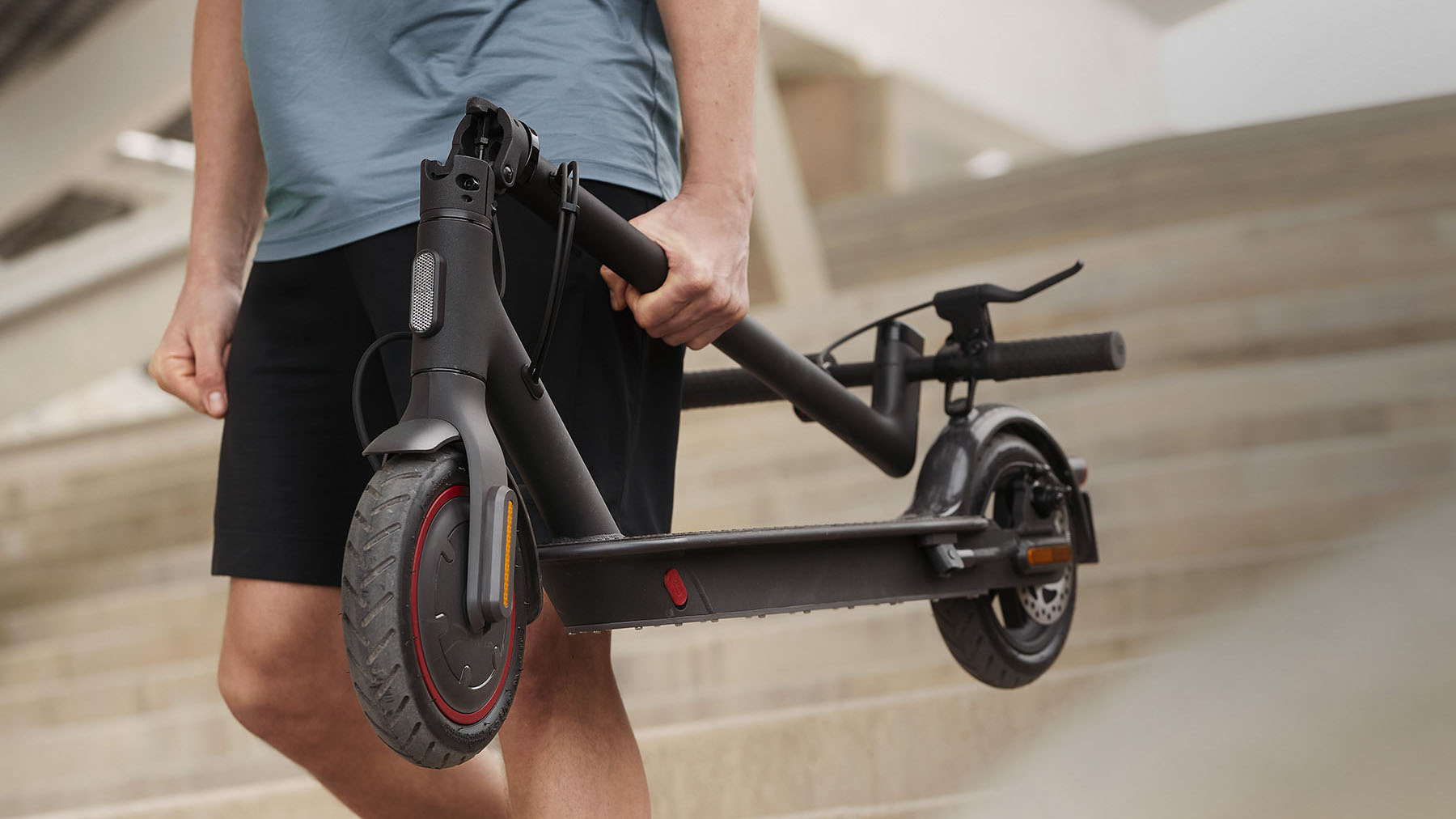
1. Keep an eye on your tyres
"Checking and Inflating tyres regularly (especially if they are filled with air) should be one of the most common forms of maintenance an owner carries out,” says David McKinven. “An e-scooter’s range will drop dramatically if the tyres become under-inflated and handling can be effected, while proper inflation makes punctures much less likely to occur,” he adds.
If you scooter does feature pneumatic tyres (those with air inside), be sure to check the inflation pressures in the user manual or on the sidewall of the tyre. Then it’s as simple as grabbing a bike pump and inflating to the desired amount. Most good modern bike pumps feature a pressure monitor or gauge, which will help determine if you’re good to roll out or not.
Even owners of scooters with solid tyres should occasionally give them a check over, as the rubber will perish over time and those racking up particularly high mileage might have to replace a wheel or tyre over time.

2. Don’t fully deplete your batteries
Although it may be tempting to run your scooter’s batteries until they are completely flat, it can actually adversely effect the lifespan of the lithium-ion cells that make up modern battery packs.
“Avoid fully depleting the charge from the battery; keep it topped up to at around 90% and prevent overcharging from KERS - the scooter’s Kinetic Energy Recovery System, which converts your forward momentum to battery charge under braking. For the longest lifespan, research shows it’s best to store your scooter at around 90% charge,” says David McKinven.
“Most Li-Batteries have a lifecycle of 500-1000 charge cycles. A charge cycle involves taking the battery from 100%-0%-100% full. Keeping it topped up reduces the number of full cycles,” he adds.
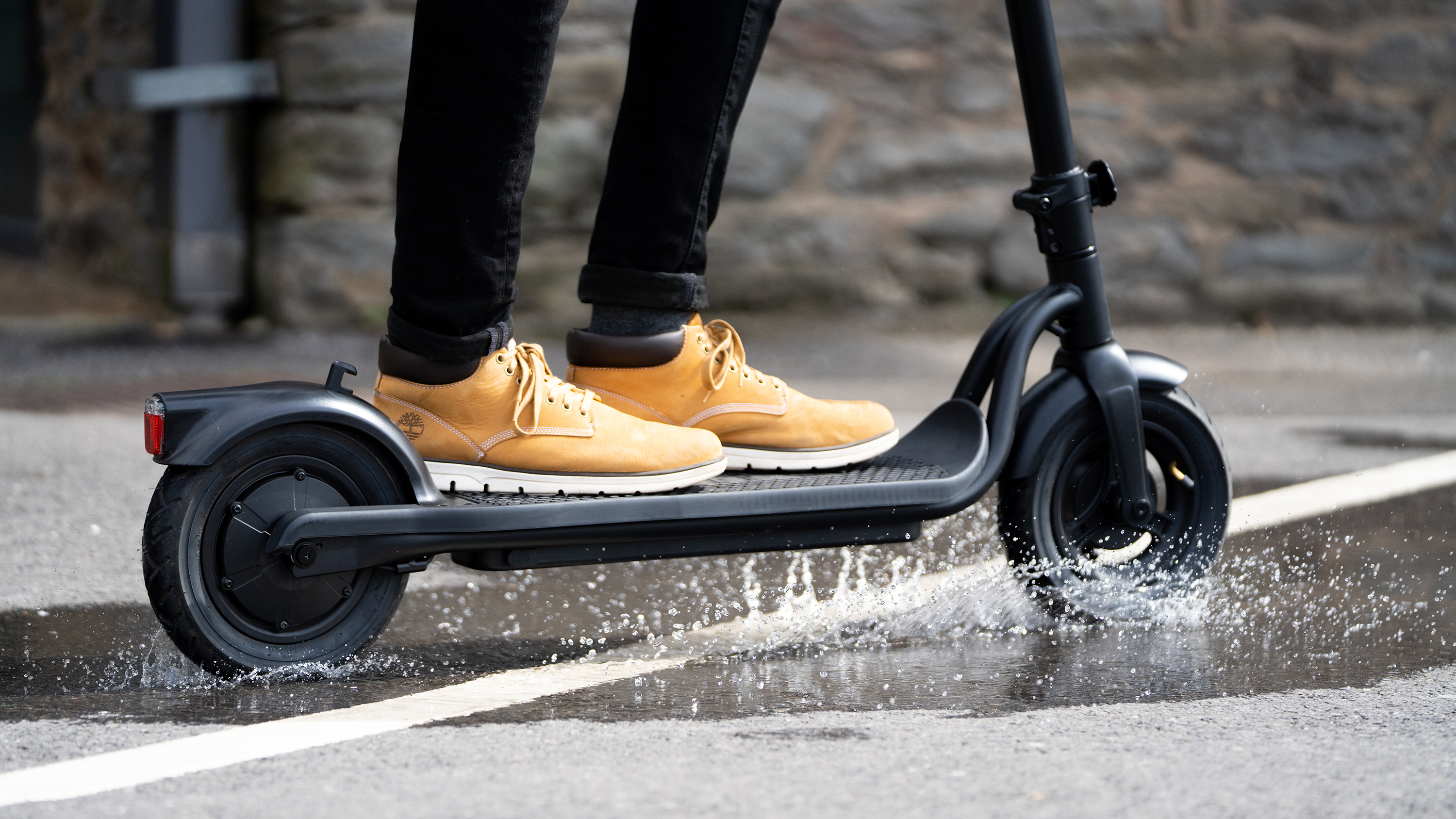
3. Check the weather conditions
Most modern scooters come with an IP rating, which essentially states how robust the protection against ingress of dust, dirt and water. Generally speaking, the higher the IP number, the more waterproof the scooter will be.
For example, IP54 tends to mean something is splash-proof, while IP67 means the product has ‘protection against full immersion for up to 30 minutes at depths between 15 cm and 1 metre’. Electric scooters have a varying range of IP numbers, from those that really shouldn’t be used in the rain, to something like the Pure Air, which boasts IP65 water resistance.
Take heed of this rating and only use it in the weather conditions stated in the user manual or on the website or shop that you buy it from.
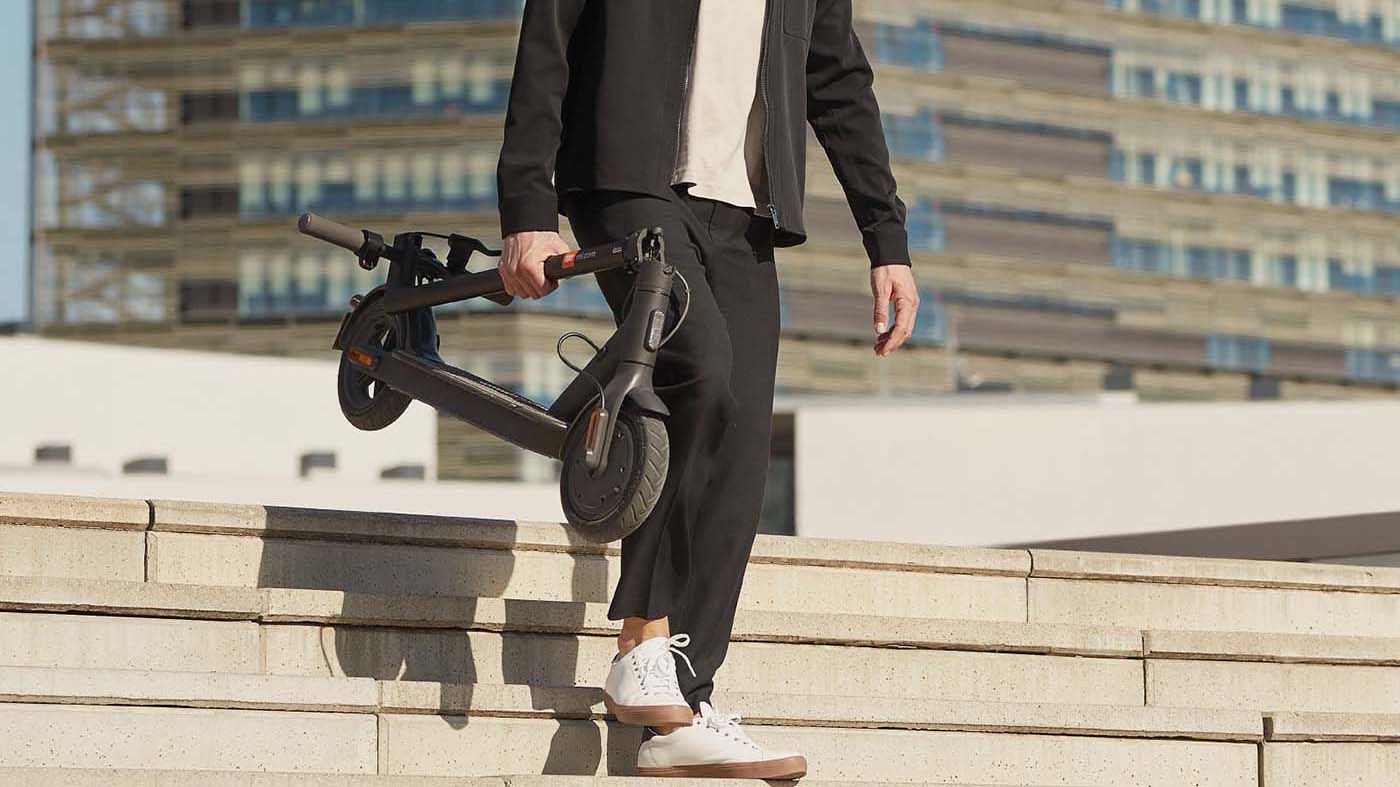
4. Charge your e-scooter when hibernating
We understand that commuting by e-scooter might not be particularly glamorous when it is freezing cold outside, but avoid prematurely depleting your batteries by ensuring the scooter itself is kept in a temperate environment when not in use.
“If you intend to park the e-scooter up for long periods, then its best to give it a full charge once every 30 days,” says David McKinven. This will ensure the longevity of your battery packs and will negate the need for a premature replacement.
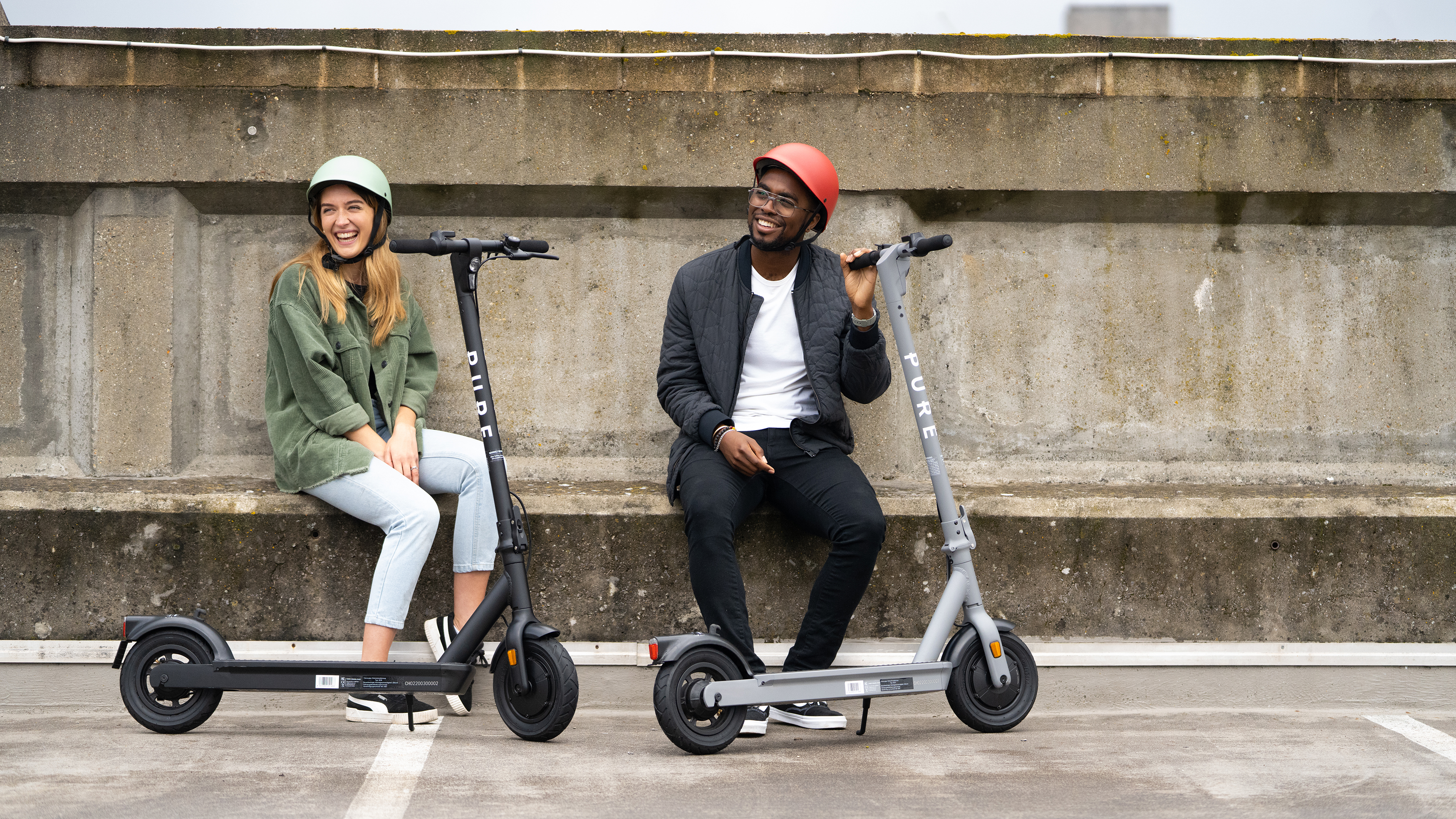
5. Take time for a brake check
Like anything with moving parts, there will be perishable items that need to be checked, adjusted or replaced. An e-scooter’s brakes are highly important to ensure smooth and safe operation, so occasionally take time to check they are operating properly.
“On certain models, you will be required to adjust the brakes and clamping mechanism for best performance. As these areas are important to safety, it’s a good idea to check and maintain them regularly. This can be anything from a pre-ride check to replacing brake pads when they wear out. Daily checks will ensure you notice any before they become unsafe to ride,” says David McKinven.
Liked this?
Leon has been writing about automotive and consumer tech for longer than he cares to divulge. When he’s not testing the latest fitness wearable and action camera, he’s out in a shed fawning over his motorcycles or trying not to kill himself on a mountain bike/surfboard/other extreme thing. He's also a man who knows his tools, and he's provided much of T3's drills coverage over the years, all without injuring himself.
-
 A new age of humanity wins the Sony World Photography Awards 2025
A new age of humanity wins the Sony World Photography Awards 2025Zed Nelson's Anthropocene Illusion highlights the influence of humans on the environment and the artificial spaces left for wildlife in a powerful set of images to win this year's SWPA Photographer of the Year
By Mat Gallagher
-
 How to watch Mario Kart World Direct – everything you need to know about the Switch 2 launch game
How to watch Mario Kart World Direct – everything you need to know about the Switch 2 launch gameNintendo will host a new Nintendo Direct presentation this week, here's how to watch it live and what to expect
By Rik Henderson